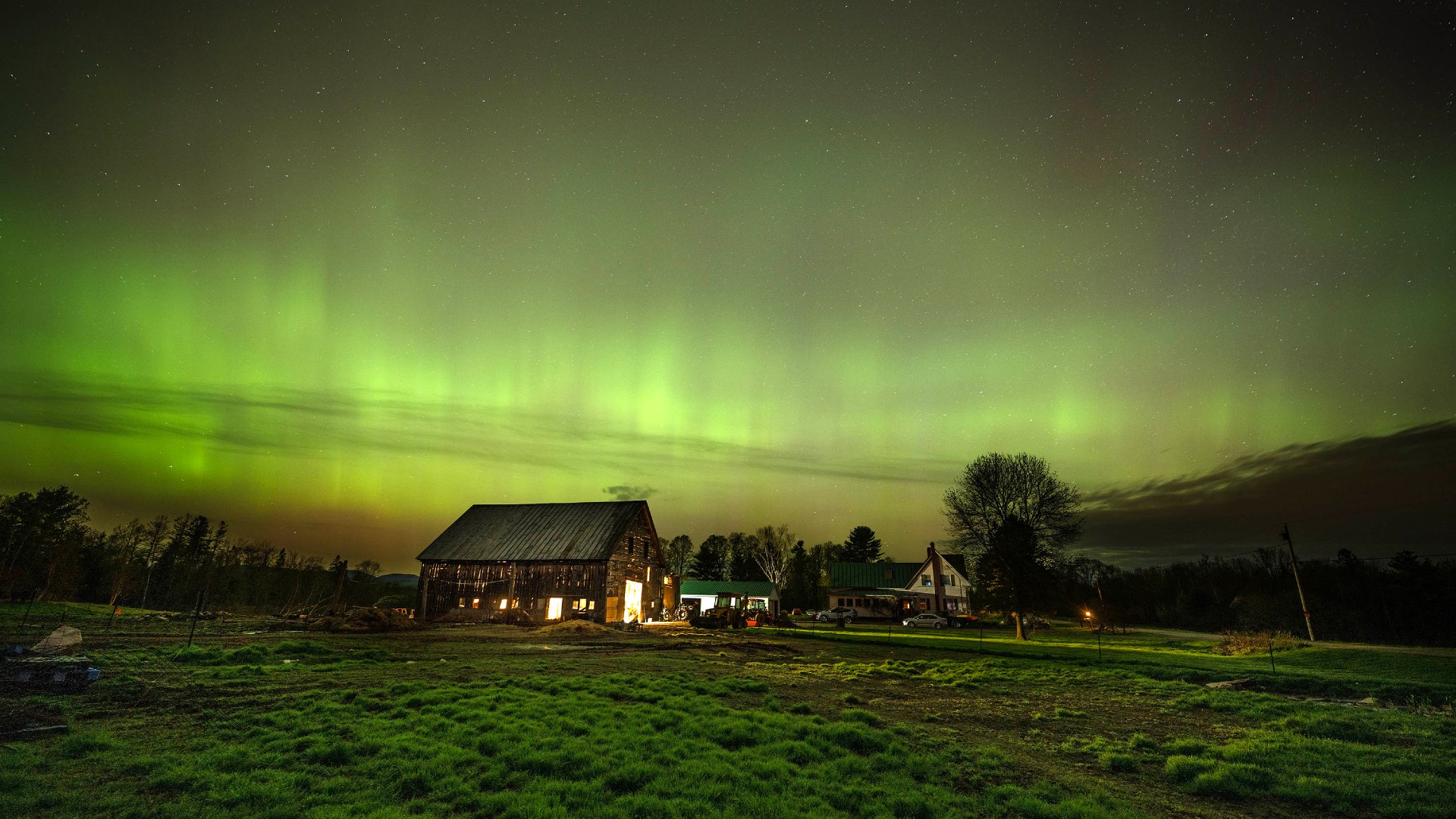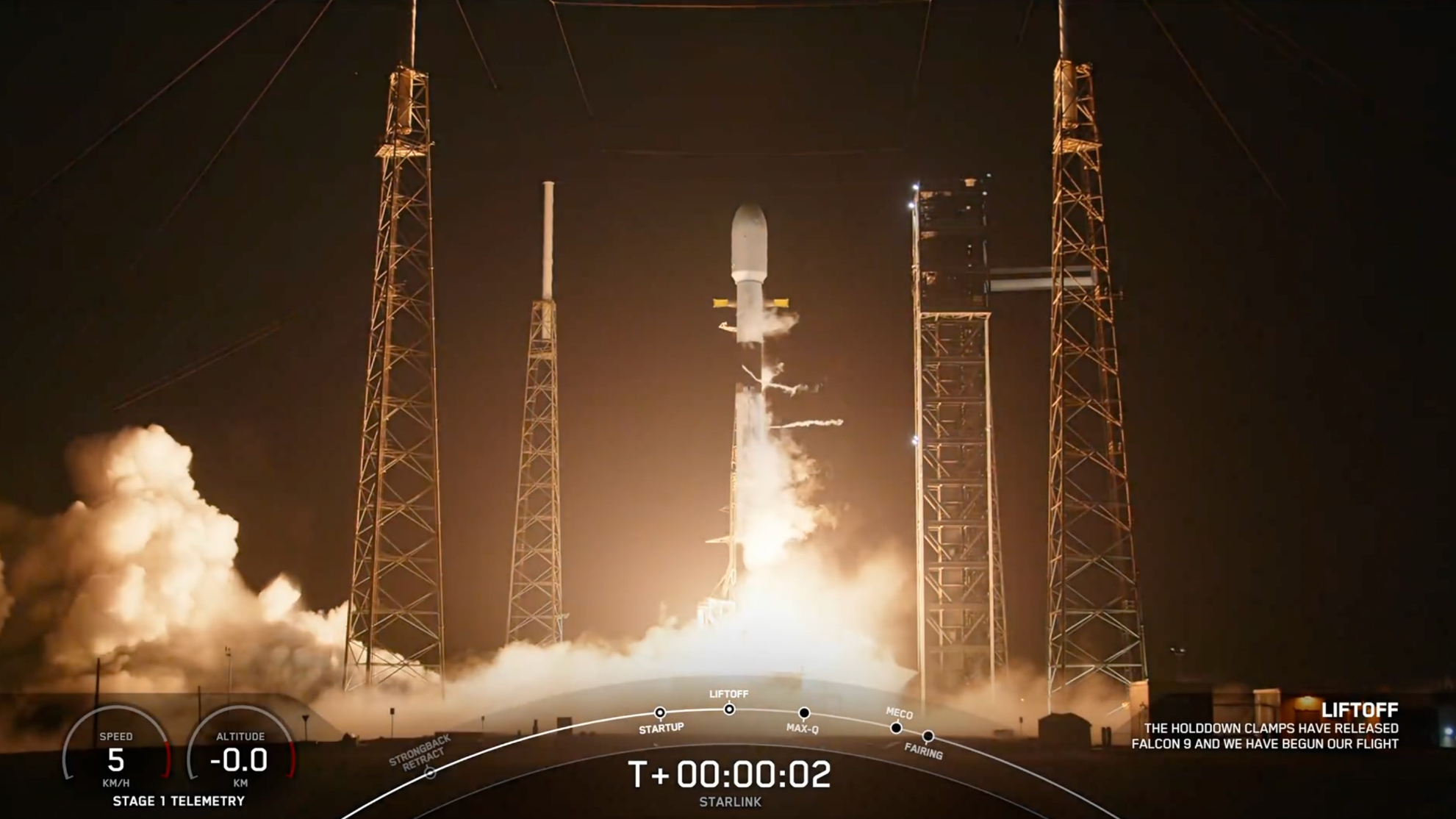A Promising Spot for Life on Mars
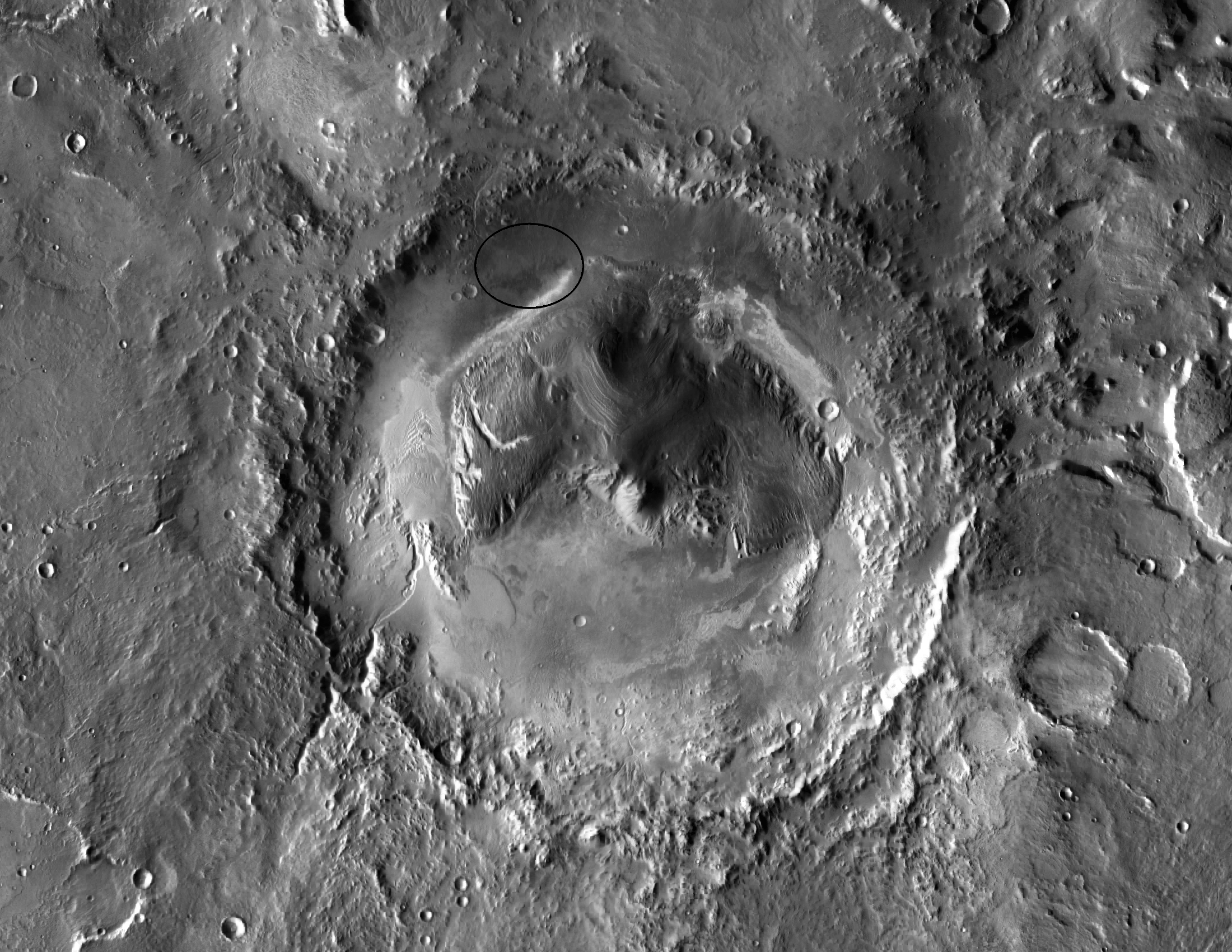
As NASA's Mars rover Curiosity makes its way up the central peak of Gale Crater, it has been gathering evidence from ancient lake beds and long ago groundwater environments that are promising for life.
Scientists in charge of the mission gave an update of their findings Dec. 13 at the American Geophysical Union's annual fall meeting in San Francisco, saying the landing site at Gale Crater had exceeded their expectations. They said they have "hit a jackpot" of exposed mineral layers as the rover moves up Mount Sharp, offering a glimpse into the geologic history of the site and how global environmental conditions might have changed on Mars over the course of millions of years.
"We see all of the properties in place that we really like to associate with habitability," said mission team member John Grotzinger, a geologist at the California Institute of Technology in Pasadena. "There's nothing extreme here. This is all good for habitability over time." [The Life on Mars Search: Photo Time Line]
Gale Crater is the lowest point within thousands of kilometers in all directions, and scientists believe water once pooled there into a lake and also seeped underground. They believe the groundwater may have persisted even after the surface water dried up, offering a prolonged period for life to persist. So far, there's been no evidence of life, microbial or otherwise, but if Mars did once support living organisms, this would have been one of the most likely spots on the Red Planet.
After traveling 9 miles (15 kilometers) from its landing site, Curiosity has now entered a critical part of its mission, boring into the exposed mudstone every 82 feet (25 meters) as it goes uphill to progressively younger layers and analyzing the contents of the fractured rock.
"You might think mudstones would be boring, but they're definitely not," said Curiosity deputy project scientist Joy Crisp, of NASA's Jet Propulsion Laboratory in Pasadena.
One clue to the changing conditions is the type of iron oxide present in the rocks. The lower, more ancient layers appear to be dominated by the mineral magnetite, indicating less weathering in the environment. Meanwhile, the upper rock layers show a greater amount of oxidizing hematite, a sign of chemical reactivity that would indicate a more acidic environment, though not extremely so.
Get the Space.com Newsletter
Breaking space news, the latest updates on rocket launches, skywatching events and more!
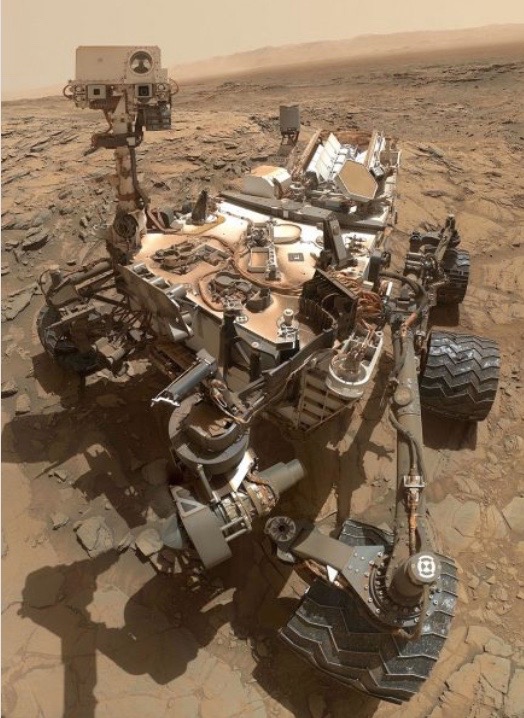
"It's acidic, but never super-acidic. It's totally the kind of environment where an acidophilic organism could enjoy it," said Grotzinger.
Curiosity has also detected the element boron for the first time on Mars, and it’s appearing within mineral veins that are mainly comprised of calcium sulfate. On Earth, boron — or rather, a certain form of it — is a component in the formation of RNA, usually found in arid sites with much-evaporated water like in Death Valley National Park in California.
"The only problem with this is, we don't know what form of boron it is," said Patrick Gasda, of Los Alamos National Laboratory in New Mexico. If the kind of boron present on Mars is found to be similar to what we see on Earth, that would be a strong sign that the ancient groundwater that formed these veins would have been between 32 degrees and 140 degrees Fahrenheit (0 to 60 degrees Celsius) and a neutral-to-alkaline pH, making the location entirely plausible for life, researchers said.
The boron was identified by Curiosity's ChemCam instrument, a laser-shooting device that vaporizes materials and then uses a spectrograph to analyze the elemental composition of the resulting plasma of super-heated ions and electrons. The scientists propose that the boron was deposited there by moving water, suggesting a dynamic system in which minerals and elements interacted with groundwater and surface water as it moved through the landscape.
"We are seeing chemical complexity indicating a long, interactive history with the water," said Grotzinger. "The more complicated the chemistry is, the better it is for habitability. The boron, hematite and clay minerals underline the mobility of elements and electrons, and that is good for life."
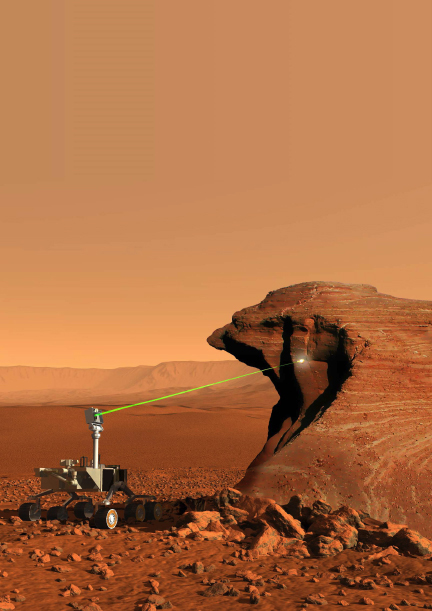
The scientists also gave a brief update on how Curiosity is faring. The rover continues to operate, although it has faced some recent malfunctions, including a break in the motor of the drill feed, a piece responsible for moving the drill up and down during rock sampling. Mission scientists are currently troubleshooting that problem with the hope of keeping the Curiosity drill going, though the rover has already well exceeded its nominal two-year mission that began in 2012.
This story was provided by Astrobiology Magazine, a web-based publication sponsored by the NASA astrobiology program. Follow Space.com @Spacedotcom, Facebook and Google+. Story posted on Space.com.
Join our Space Forums to keep talking space on the latest missions, night sky and more! And if you have a news tip, correction or comment, let us know at: community@space.com.






